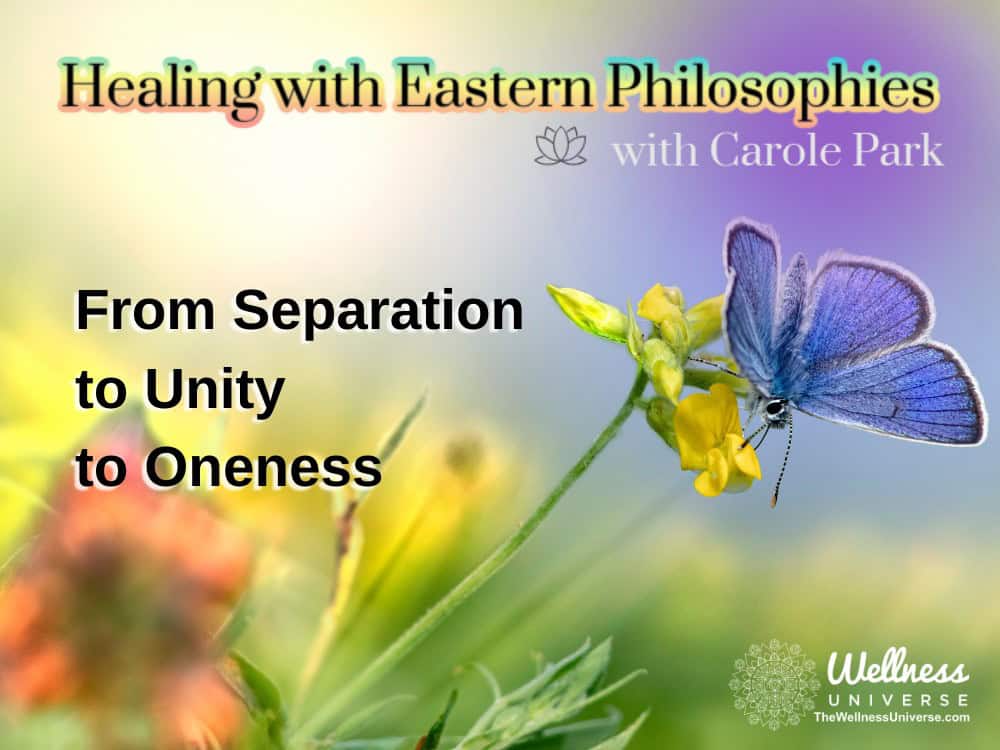A lot of people on social media believe that the placebo effect is all about positive thinking. But little did we know that there is a lot more about the placebo effect. The placebo effect is ideally based on the idea that our brain can achieve powerful healing simply through conviction. Researchers believe there’s something about the placebo effect that can make a fake treatment look real and stimulate healing.
The placebo effect is about building positivity and faith that the treatment or procedure will work. Having said this, a lot of researchers around the world believe that the placebo effect can be used as a traditional treatment mode! The placebo effect enhances a magical connection between the body and brain and stimulates healing altogether.
In this blog, we will be taking a deep look at what the placebo effect and the psychology behind it. So, let’s get started!
Basic Information
- Placebo refers to an inactive substance; meanwhile, the placebo effect refers to effects caused after taking the treatment (either fake or real).
- A placebo seems to be a real medical treatment but it is not, it could be a shot, pill, or any other type of treatment method which is fake.
- Placebos don’t contain any substance that might affect the health of an individual.
- Placebos are commonly used during studies or research to understand the effectiveness of a treatment method or newly introduced drug for a specific condition.
- A placebo is a fake treatment which can be either a sugar pill, saline injection, or anything that does not affect the health of an individual.
- During studies or research, none of the people receiving treatment know if they are receiving a placebo or the actual treatment
What is the Placebo Effect?
Placebos are effective on symptoms and they usually work on the perception of pain. The positive thinking behind the placebo effect makes people feel better, placebo does not cure the disease but it relieves people from pain and symptoms such as insomnia, nausea, fatigue, and pain management.
In psychology, researchers believe that in some cases, people can have positive or negative responses toward a placebo. For example, in some cases, patient’s symptoms may improve or patient’s symptoms may show more side effects from the treatment given. The responses are referred to as the placebo effect. In most cases, patients generally don’t know if they are receiving a placebo or the actual treatment.
However, in some conditions, the patient knows that they have received a placebo and such scenarios can also produce results. Research shows that the placebo effect can have positive results on conditions such as depression, irritable bowel syndrome (IBS), menopause, pain, and sleep disorders. Moreover, the placebo effect can show positive results in:
- Anxiety disorders
- Erectile dysfunction
- Epilepsy
- Pain
- Parkinson’s disease
How Does the Placebo Effect Work?
The placebo effect is mainly based on the mind and body relationship. I was able to find some related research and studies regarding the working of the placebo effect, one study revealed that the responses of the placebo effect are seen due to expectations.
If a person decides to achieve something, they possibly achieve it because the brain and body start working towards the cause automatically. This study is based on stronger feelings behind achieving something. The stronger the feelings and expectations, the more positive effects can be seen. The same responses can be seen in negative results.
If people maintain negative feelings throughout the treatment, there will be great chances of negative results accompanied by deprived physical and mental health. In such negative cases, drowsiness, headaches, and nausea are commonly observed.
In one study, a placebo was referred to as a stimulant, when people were provided a pill for blood pressure, improvements were observed and when the same pill was given was sleep, opposite results were seen.
Here’s how the placebo effect works in different areas:
- The placebo effect may enhance motivation levels to consume a healthy diet and exercise regularly which can ease the related symptoms.
- The placebo effect may alter perception and result in positive expectations in cases of chronic pain.
- The placebo effect may reduce anxiety and can make a person feel better due to the release of feel-good hormones.
- The placebo effect may reduce the pain by relieving hormones such as endorphins.
- The placebo effect may alter brain state; this phenomenon is known as remembered wellness.
- The placebo effect does not work on “imaginary illness.”
Psychological Theories Explaining Placebo Effect
The placebo effect is based on a strong relationship between the body and mind. Here are some psychological theories explaining the occurrence of the placebo effect:
1. Classical Conditioning:
Classical conditioning happens when people associate a thing with a response. For example, if you experience headaches frequently and associate pain-relieving with a hot cup of coffee, it might work for you.
Since the associations are learned behaviors, they may also show positive results in the placebo effect. For example, some people visit a doctor’s office frequently to know that they are receiving treatment and probably they will feel better after some time.
2. Expectations:
The placebo effect is strongly based on expectations. The stronger the feelings and expectations, the more positive effects can be seen. The same responses can be seen in negative results. Expectations are generated from different cues, such as:
- Verbal cues: A nurse or doctor telling you that the specific pill is effective for treatment might result in more positive results.
- Action cues: People generally start feeling better right after receiving an injection or taking pills.
- Social cues: People start feeling better when they observe assurance and confidence in doctor’s or practitioner’s work.
3. Hormonal Response:
When patients are given a specific treatment, the brain-body connection sends positive signals and as a result, the brain releases endorphin (a natural painkiller chemical released by the brain).
4. Genetics:
Genes also play an important role in the placebo treatment. People who are genetically predisposed to respond towards placebos show more placebo effects. Studies show that people more prone to dopamine release may show more effectiveness as compared to people with low dopamine levels.
What Does the Research Say: Is Placebo Effect Success or Failure?
A lot of research coming from the last 10 years shows that a placebo is a failure. Placebo was used in a lot of clinical trials. Consecutively, experts were not able to conclude if a placebo proved to be an actual treatment or not.
Some researchers stated that the placebo effect involves neurobiological reactions and it enhances the flow of feel-good hormones such as dopamine and endorphins resulting in improved emotional reactions, self-awareness, mood, and pain scores.
Overall, the placebo effect provides more therapeutic benefits because the placebo effect tells your brain and body to feel better. However, it can also be concluded that the placebo effect can be combined with ritual treatment options to improve the healing process.
Having said this, I state, “The placebo effect cannot be used as a sole treatment option, especially for long-term disorders with severe symptoms.”
The fact that the “placebo effect is more based on people’s expectations” does not make the treatment fake or imaginary. Some studies show actual physical and mental health improvements after taking placebos.
These studies have mentioned the increment of good hormones such as endorphins (hormones known for pain-relieving chemicals).
One research shows that individuals who have improved doctor-patient relationships may show improved results. Some research shows that placebos may cause side effects such as allergic reactions, drowsiness, skin rashes, and nausea especially when negative expectations are carried out throughout the treatment mode.
Frequently Asked Questions
I hope this blog helps you understand what the placebo effect is. Comment down and share your queries through the same or you can also write to us at Calm Sage. For more such content, connect with us through all social media platforms.
Thanks for reading!
Publisher: Source link





